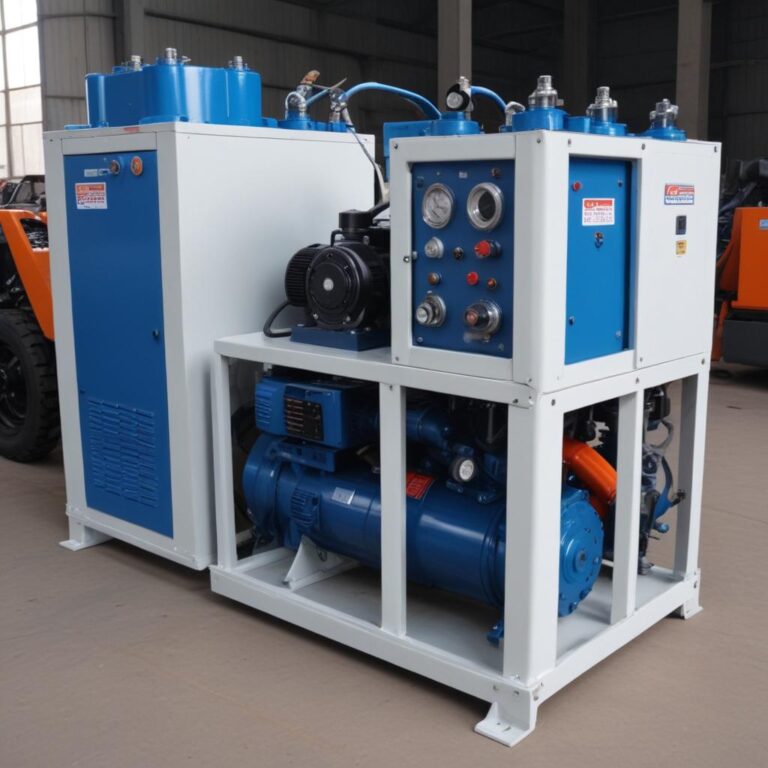Cost Analysis: Comparing Aftermarket And OEM Parts For Ford Rangers
Choosing the right parts is essential for maintaining and repairing your Ford Ranger. Two options that often come into consideration are aftermarket parts and OEM (Original Equipment Manufacturer) parts. Both options have advantages and drawbacks, but cost is one factor that significantly influences decision-making. In this article, our aim is to perform a thorough examination of costs, comparing aftermarket and OEM parts for Ford Rangers. This analysis will assist you in making a well-informed choice that aligns with your budget and specific needs.
Before delving into the cost analysis, let’s understand the basic differences between aftermarket and OEM parts. The OEM components are created by the same manufacturer responsible for producing the initial parts installed in your Ford Ranger. These components are carefully engineered to match the specifications set by the manufacturer and are commonly accessible through authorized dealerships or certified distributors. Conversely, aftermarket parts are produced by external companies and are intended to fit and perform comparably to the original components. They are usually obtainable through various retailers and online platforms.
Now, let’s dive into the cost analysis and explore the factors that influence the pricing of aftermarket and OEM parts.
Price Comparison
One of the primary considerations for any vehicle owner is the price of replacement parts. OEM parts tend to be more expensive compared to aftermarket parts, which are known for their affordability. Since aftermarket manufacturers can set prices and compete in the open market, they often offer more cost-effective options. On the other hand, OEM parts are typically priced higher due to the brand value and the fact that the original equipment provider manufactures them.
Quality And Reliability
While aftermarket parts are generally cheaper, it’s important to consider their quality and reliability. OEM parts are designed specifically for your Ford Ranger and are built to meet the manufacturer’s stringent standards. This guarantees an elevated standard of quality and dependability. Aftermarket parts, however, can vary in terms of quality. Some aftermarket manufacturers prioritize cost-cutting measures, which may compromise the overall performance and longevity of the parts. It’s crucial to do thorough research and choose reputable aftermarket brands known for their reliability.
Availability
Availability is another crucial aspect to consider when comparing aftermarket and OEM parts. OEM parts are typically available through authorized dealerships and certified distributors. This exclusivity can sometimes lead to limited availability and higher prices. In contrast, aftermarket parts are widely available through numerous retailers and online platforms, making them more accessible and often easier to find at competitive prices.
Warranty Considerations
Considering the warranty coverage is crucial, particularly when your Ford Ranger remains within the warranty period. OEM parts are usually covered by a manufacturer’s warranty, ensuring that the original equipment provider will address any defects or issues. Installing aftermarket parts, however, may void your vehicle’s warranty unless explicitly stated otherwise. It’s essential to consult your vehicle’s warranty documentation and understand the implications before opting for aftermarket parts.
Customization Options
If you want to customize your Ford Ranger and add unique features or performance enhancements, aftermarket parts offer a broader range of options. Aftermarket manufacturers cater to specific needs and preferences, providing a wide selection of aftermarket parts and accessories to enhance the look and performance of your vehicle. On the other hand, OEM parts are designed to match your vehicle’s original specifications and may have limited customization options.
Long-Term Cost Considerations
While aftermarket parts may offer initial cost savings, it’s important to consider the long-term cost implications. OEM parts are designed to provide the best fit, performance, and durability for your Ford Ranger, which can result in longer service life. Depending on the brand and quality, aftermarket parts may require more frequent replacement or maintenance, which can add up over time. Assessing the long-term cost and overall value is crucial in making an informed decision.
In conclusion, the cost is a significant factor when comparing aftermarket and OEM parts for Ford Rangers. Aftermarket parts generally offer lower prices and a wider range of options, but balancing the cost with quality, reliability, warranty considerations, and long-term value is crucial. Ultimately, the decision between aftermarket and OEM parts depends on your requirements, budget, and preferences. It’s recommended to research and consult with reputable sources, mechanics, and fellow Ford Ranger owners to make the best choice for your vehicle’s maintenance and repair needs.





One Comment